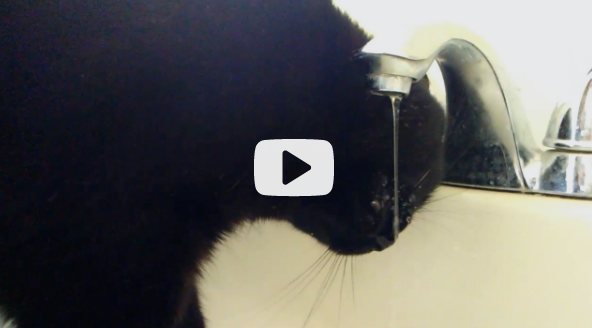I knew that I would not stay on chemotherapy forever. So getting to the point where I ended my “chemo journey” was not completely surprising. In fact, I had anticipated that a change would be good for some time — after over 2 1/2 years of the same routine, not only had it begun to gnaw at me each time I faced another infusion and ensuing side effects, but there was something of a “gut feeling” that the chemotherapy drug I had been on for so long had done about all it could do. I was probably influenced a lot by the promise of Immunotherapy drugs that had become the media darlings of the cancer world. When my oncologist said it was a good time to consider another approach, I was eager to do it.
Besides immunotherapy, for which I had hoped to join a clinical trial, there was the possibility that I might harbor an actionable gene mutation for my adenocarcinoma. My initial genetic analysis from a biopsy prior to starting chemo had shown none of the mutations that were being directly treated at that time. But a couple of years makes a big difference in the cancer world, especially with the increasing rate of progress science has been making over the past few decades. A re-analysis of that old biopsy showed nothing new, but a quick, painless liquid biopsy — two simple tubes of blood and fifteen minutes of my time — revealed that I harbor a fairly rare mutation, one that affects roughly two percent of the adenocarcinoma subset of lung cancer patients: ErbB2, also known as HER2.
This shifted gears for me regarding the drive down my treatment path. It also made me shift perspective. There is the question, now, of whether finding myself in such a cancer minority is a sign of good fortune. On one hand, it means that my genetic demographic is not highly studied — the downside to minority group patients is simply that there are fewer of us to put into clinical trials. Flip that over, however, and it makes the trials that have been done highly specific — and it makes the case studies on patients with this mutation also highly specific. Which in turn suggests that this might be a very positive development after all. Continue reading Frying Pan, Meet Fire – Leaping from One Therapy to Another





